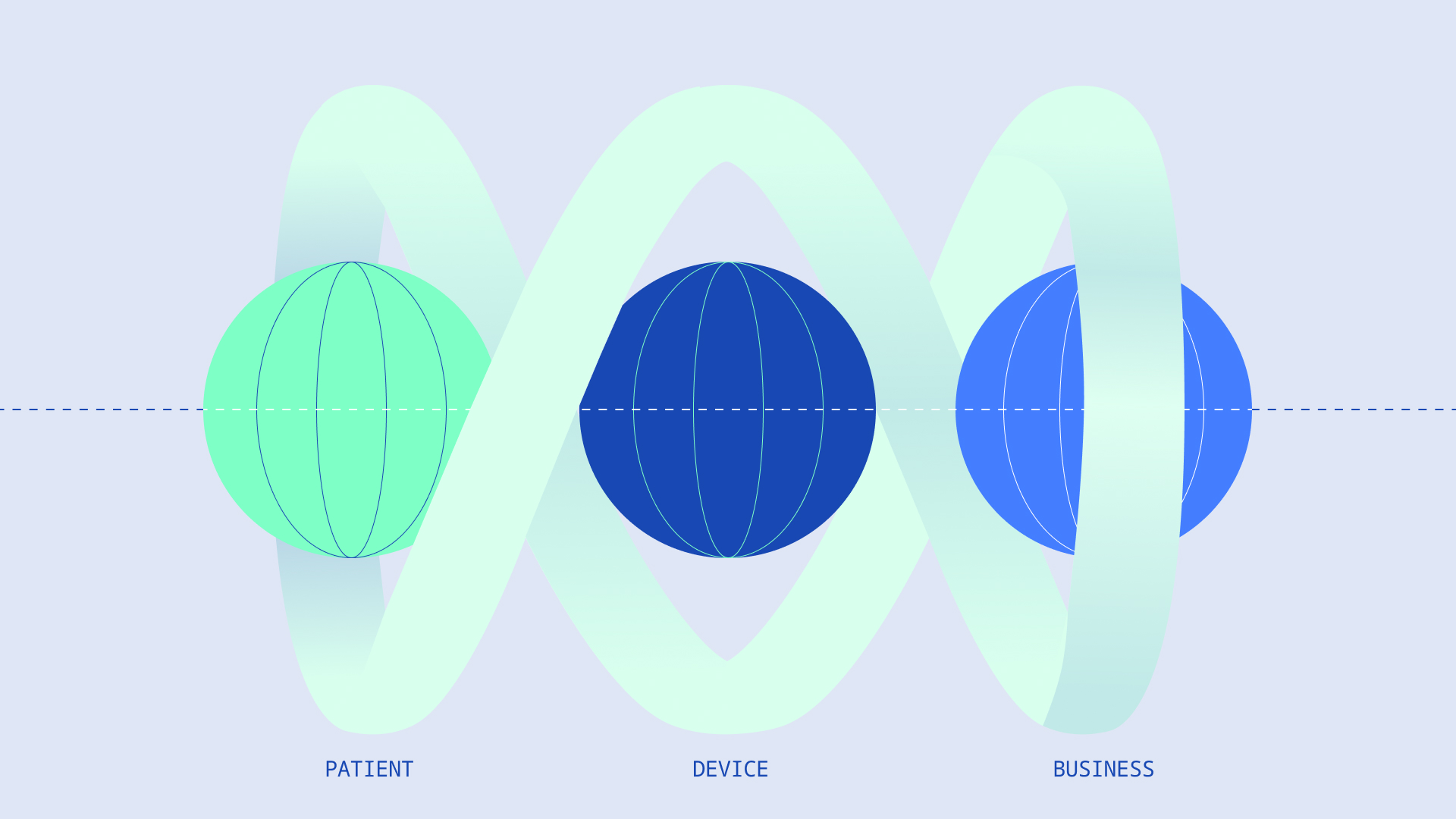AI agents now officially rank with 100% keyword difficulty across major databases, with the keyword volume through the roof. For those more familiar with the practices of Search Engine Optimization (SEO), no additional explanation is needed. For the less SEO-knowledgeable audience, this simply means that AI agents are probably among the most sought-after terms on the entire World Wide Web today.
With all the AI buzz, this hardly comes as a surprise. What’s interesting, though, is that the long-term, unrivaled reign of SEO might slowly be coming to an end. In fact, recent research shows that 80% of consumers now rely on AI-written results for nearly half of their searches, decreasing organic web traffic by up to 25%.
The message is clear – LLMs are slowly gaining momentum in search, leaving companies to reconsider their SEO strategies and explore the new rules of the game with a Generative Engine Optimization (GEO) strategy.
The four pillars of search intent – and why they matter for retailers
Most sources identify four primary reasons behind an online search – called search intents:
- Informational (e.g., time in San Francisco now)
- Navigational (e.g., Philips homepage)
- Commercial (e.g., best running sneakers for women under $200)
- Transactional (e.g., book train tickets to Munich)
Appearing high on the search results page for any of these intents is imperative – especially for commercial and transactional search queries, as these indicate that the user is already halfway through the buying journey.
With LLMs gaining a foothold in shopping searches, retailers who get featured by AI chatbots might get a serious head start in the battle for shopper loyalty.
Let’s explore how the latest integration of AI shopping agents is changing the game for e-commerce.
Search, pick, buy – without leaving your chat
With the recent moves by Perplexity and OpenAI, users can now research products, compare options, and complete purchases directly within chat interfaces. Perplexity’s “Shop Like a Pro” and OpenAI’s “Instant Checkout” enable AI-driven shopping experiences with one-click buying and integrated merchant data. This way, consumers move seamlessly from discovery to purchase without ever leaving the conversation.
How do these integrations work? OpenAI’s “Instant Checkout” securely processes payments through Stripe and currently allows U.S. users to purchase from Etsy sellers, with Shopify merchants coming soon. Merchants retain full control over pricing, inventory, and fulfillment, while shoppers enjoy an intuitive one-click checkout experience – with no additional fees.
Alongside major players, innovative retailers like Shipt are also experimenting with AI-driven commerce. Shipt’s new “Chat to Cart” feature, powered by Perplexity’s Comet browser, enables users to build personalized shopping carts through conversational AI, streamlining product discovery and same-day delivery.
How AI agents are making this happen
Most readers are likely to have learned about AI agents already, but let’s provide a very brief recap of what they are. AI agents are systems built on top of large language models (LLMs) and differ from them in that they don’t simply generate text — they take action. While an LLM can understand and answer questions, an AI agent can also perform tasks like searching the web, booking a service, or completing a purchase.
In other words, LLMs provide the intelligence, and AI agents give it the ability to act on your behalf.
Here’s what the AI agent does to enable your purchase from inside an LLM chat:
- Understands the request using natural language processing.
- Finds relevant products by pulling data from trusted online stores.
- Displays clear options with prices, descriptions, and links.
If the user decides to buy, the agent initiates a secure payment (via services like Stripe) — all without leaving the chat.
Will agentic shopping make native e-commerce sites superfluous?
While it currently seems unlikely that agentic shopping will make native e-commerce sites entirely obsolete, it will certainly redefine how they’re discovered and used. As we move from traditional SEO to GEO, AI agents, rather than search engines, are increasingly becoming the first touchpoint between consumers and brands.
This means fewer direct visits to retailer websites, but not the end of them. Instead, e-commerce sites will evolve into rich data sources and brand anchors, providing the structured content, imagery, and context that AI systems rely on to surface relevant results. The retailers that adapt early, optimizing not just for search engines but for AI understanding, will stay visible in this new landscape where shopping begins, and often ends, inside a conversation.
Instant or immersive: The new divide in how we shop?
The golden rule of any business – retail very much included – is knowing your customer. While it is getting more obvious that AI agents are here to stay, promising unprecedented convenience and time-efficiency, not everyone will follow the same path.

Some shoppers will still value loyalty over speed. Many will continue to enjoy the sensory and emotional aspects of browsing – the pleasure of exploring, comparing, and discovering something new on their own terms. It doesn’t have to be an either-or scenario. The future of commerce lies in offering different customer segments exactly what they’re looking for — whether that’s frictionless efficiency or the joy of a more immersive shopping experience.
History shows that convenience and technological sophistication alone don’t guarantee success. Initiatives like Amazon Dash buttons and Alexa shopping promised effortless, instant purchasing, but ultimately failed to gain widespread adoption. These examples underscore that while AI and chat-driven shopping can streamline transactions, understanding customer behavior, emotional needs, and brand connection remains critical.
For a truly win-win strategy, retailers need to stay on top of emerging technologies while continuing to closely monitor what their customers actually want. For a closer look at how user and market research can drive lasting impact, read on for HTEC’s work with Styngr.






